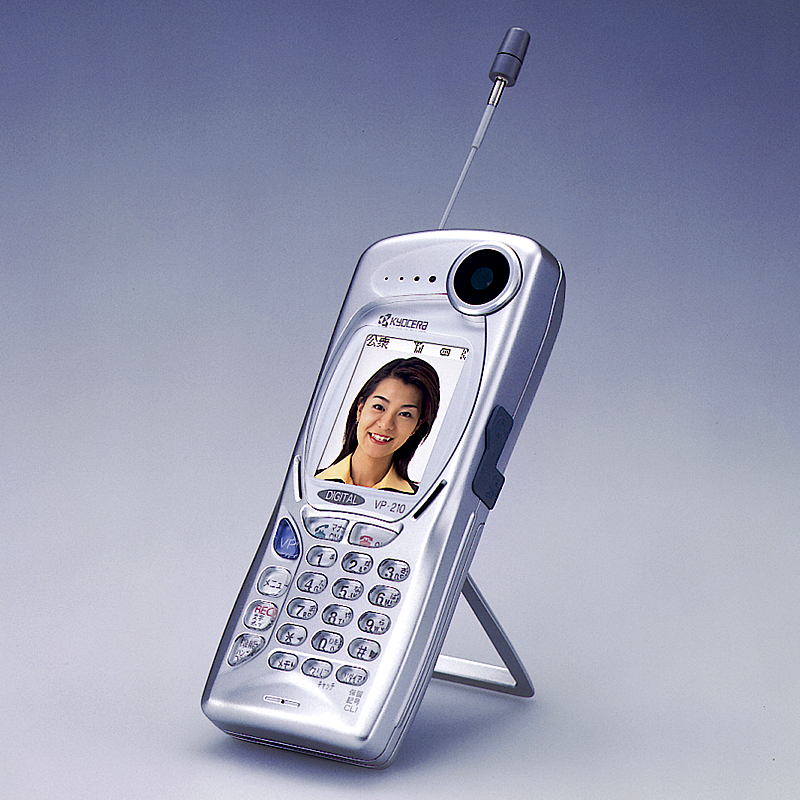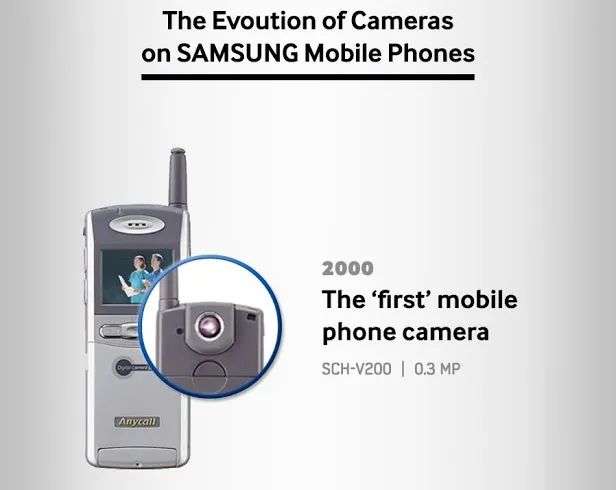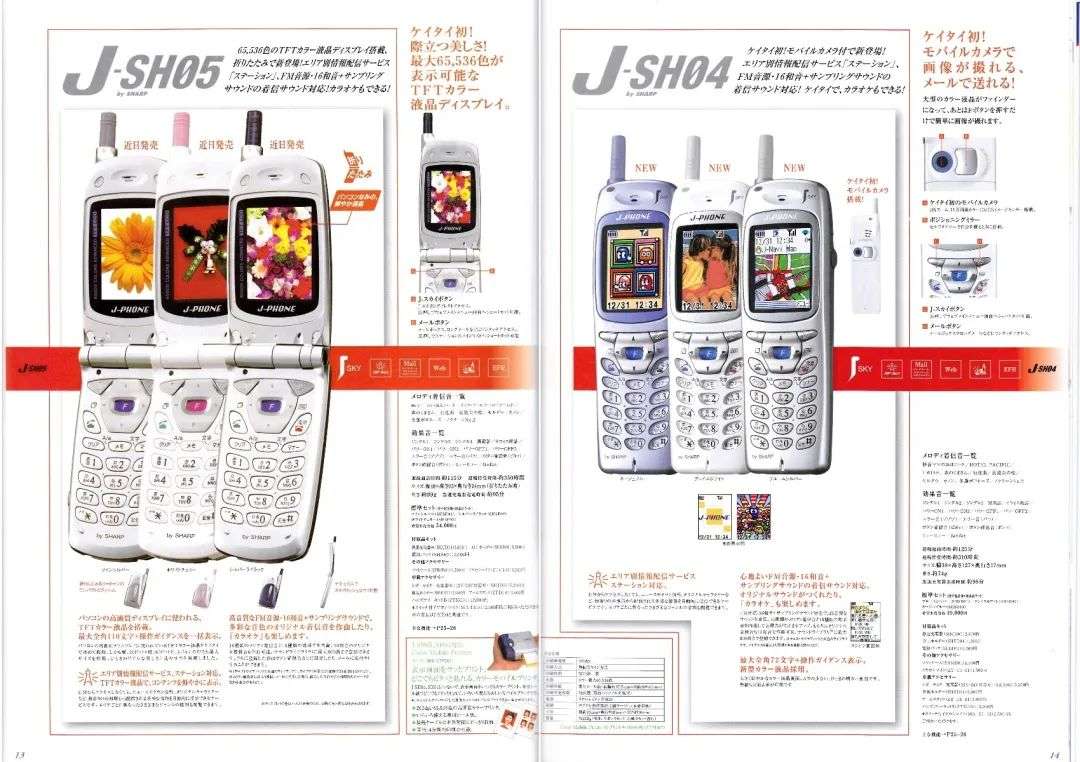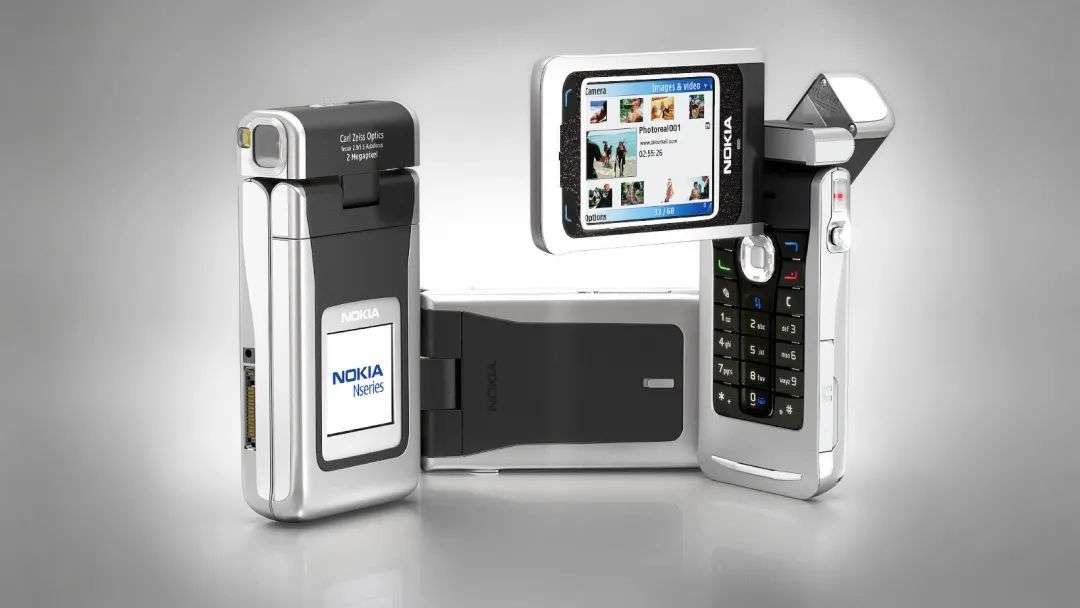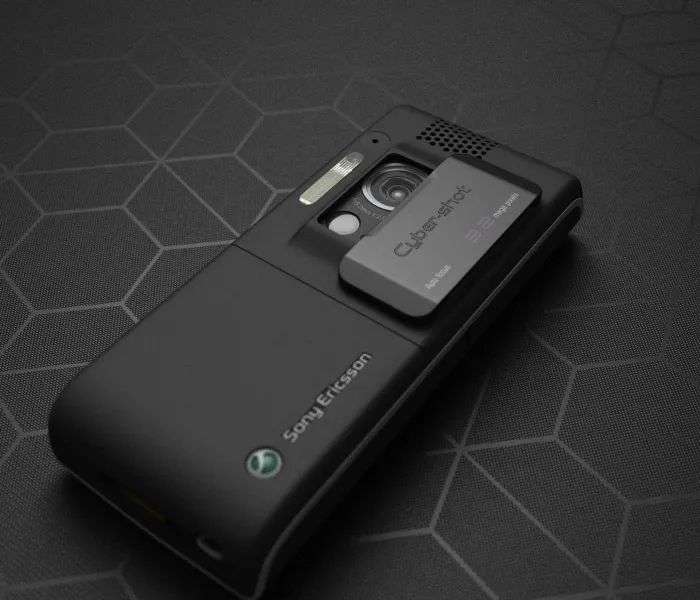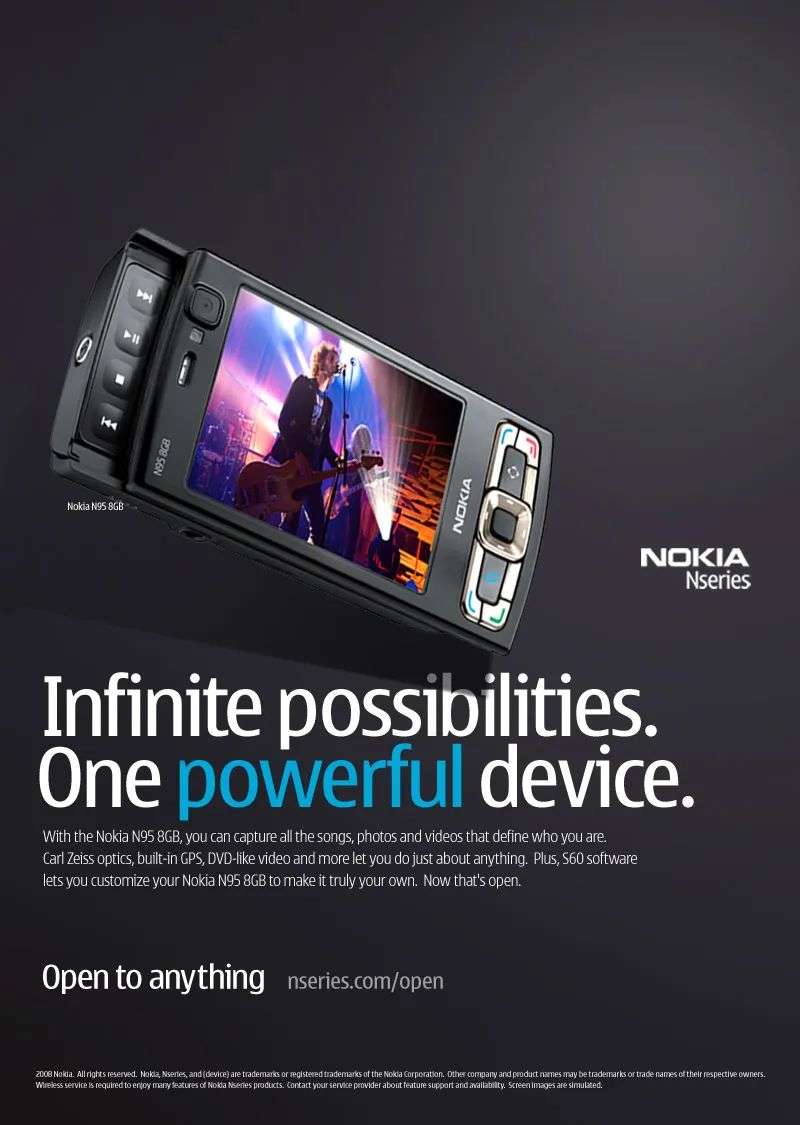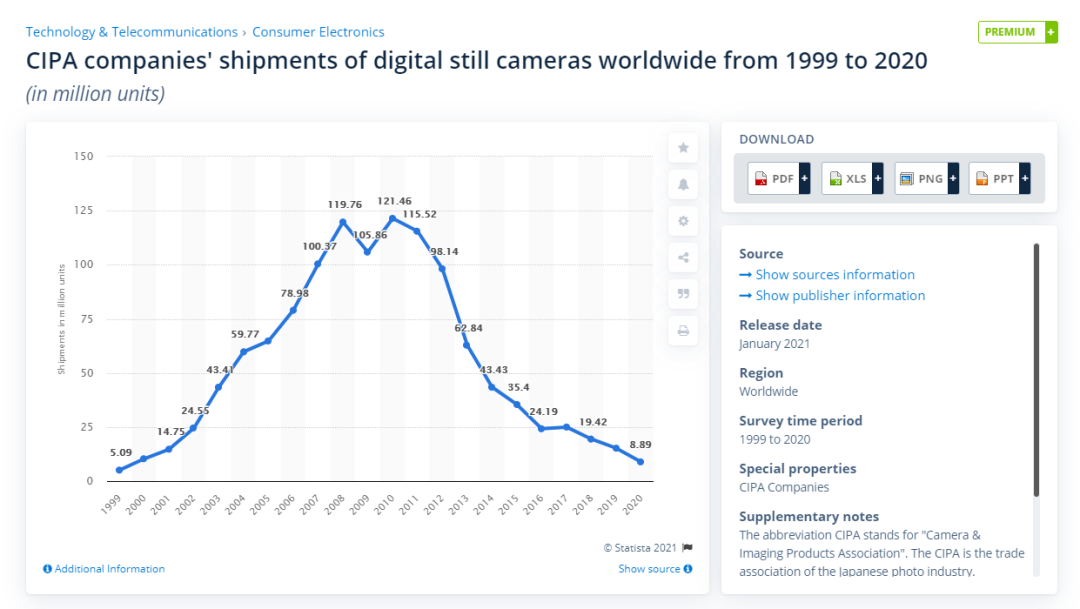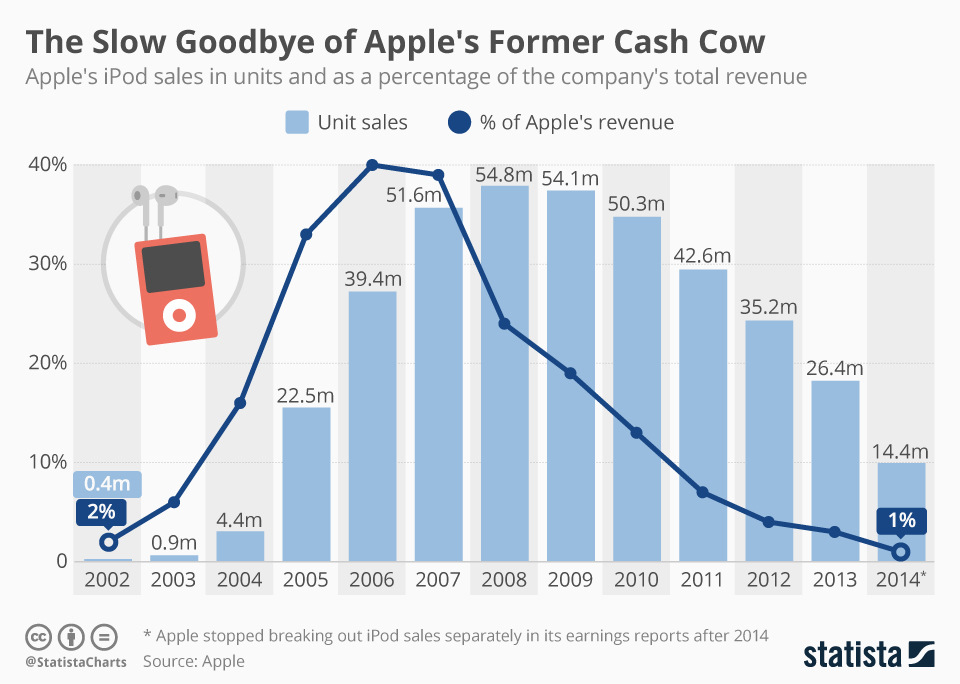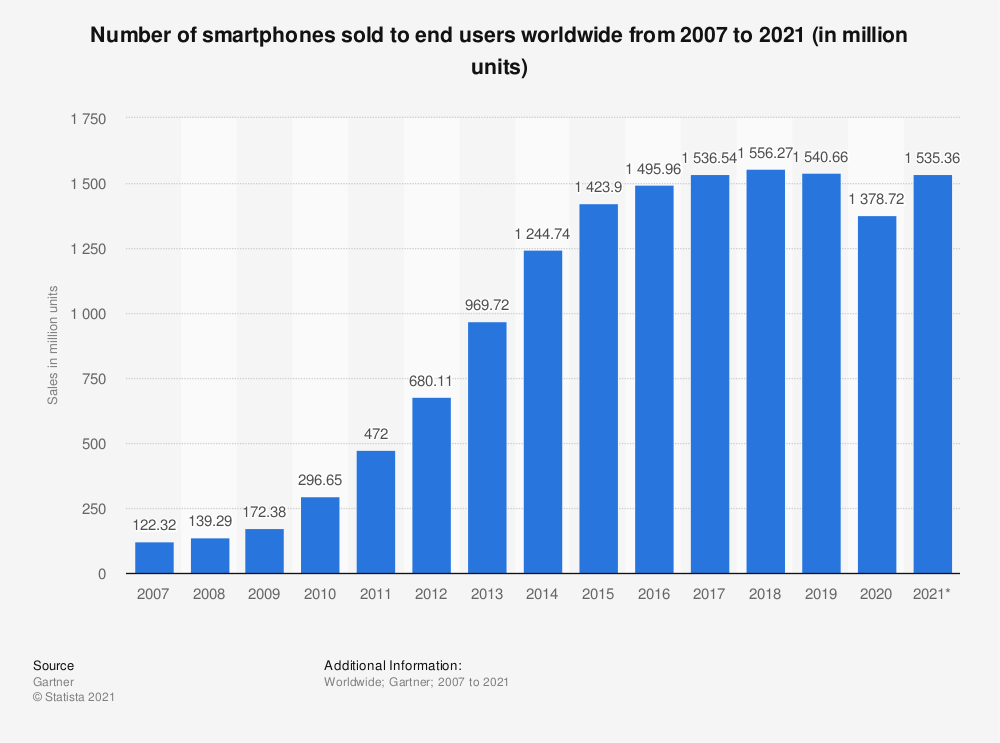Did the smartphone wipe out the camera?
Editor’s note: This article is from the micro-channel public number “ZEALER” (ID: zealertech), Author: ZEALER.
Mobile phones or cameras, this is an enduring topic. Since the first mobile phone with a lens came out, people have always asked whether they should buy a mobile phone with a better camera function. Or buy a more professional camera?
Of course, the following will always be divided into three groups. One group holds that there are too many shortcomings in mobile phones, and the camera is the orthodox argument; the other group holds the view that mobile phones have become mainstream and are completely sufficient for daily shooting. The last group is a peacemaker. , I feel that no matter what equipment, it is always the photographer who decides the photo, and buy what you like.
The three factions have been arguing for several years, but they have not been able to convince each other, leaving behind a lot of feathers. The topic of buying a mobile phone or buying a camera will probably take longer than most people expected.
Before Xiao Z gives the answer to this question, everyone may wish to review the history of mobile phone photography together.
From Mosaic to Ultra HD
The concept of mobile phones equipped with camera functions is not uncommon today. However, in the 90s of the last era, it is still a very incredible thing. At that time, the pager boom in China had just passed, and mobile phones were still in the ascendant. Fresh stuff, who would have thought of stuffing a small lens into such a small and exquisite body?
Japan’s Kyocera first thought of this. In 1997, Kyocera launched a brand-new Datascope series, including DS-110 and DS-320 mobile phones. Monochrome LCD screens seem unremarkable, but, Also launched with them is a very eye-catching accessory-VS-110.
This accessory is driven by 2 AA batteries, can rotate 210 degrees, and can be movedIt can also be used as a standalone digital camera for video calls on the Internet. It is the world’s first mobile phone equipped with a camera and supports video calls.
Although the practicality is very low, it is the first step taken by mobile phone manufacturers. From 1997 to 1999, Kyocera conducted two years of research and development on the basis of this mobile phone. In May 1999 The VP-210 is officially launched, which integrates the camera on the top of the phone, is equipped with a 110,000-pixel front lens and a 2-inch TFT color screen. It can not only make video calls, but also take 20 photos and share them via email. The first camera phone in the true sense.
Although Kyocera launched its own camera phone as early as the last century, but for a long time, people mistakenly regarded the other two phones as the first camera phone. Here you can only ask They are ranked second and third respectively.
In June 2000, Samsung released a mobile phone with built-in camera function-SCH-V200 in South Korea, equipped with a 350,000-pixel camera, equipped with a 1.5-inch TFT-LCD screen, which can shoot continuously at most 20 photos. But the fly in the ointment is that users cannot view these photos through a mobile phone, they must be connected to a computer and then exported. The camera and the mobile phone are essentially two components that do not interfere with each other, which is quite regrettable.
However, this regret did not continue into the next year. In November 2000, Japan’s Sharp launched the J-SH04. Its hardware specifications are similar to the Kyocera VP-210. It can also take 110,000-pixel photos. It combines the camera with The mobile phone is integrated, there is a mirror for self-portrait on the back, and the photo can be shared through the network, which is worthy of the name of a camera phone.
Camera phones quickly set off a trend in the neon country of Japan. For a while, mobile phones with camera functions became the most fashionable symbol. Several well-known Japanese mobile phone manufacturers have launched their own camera phones. And this new wind soon blew across the Tokyo Bay and towards the United States on the other side of the Pacific Ocean.
In November 2002, through the channel of the operator Sprint, the Sanyo SCP-5300 with Japanese flavor was officially launched. It adopts a clamshell design and is equipped with a 300,000-pixel camera capable of shooting 640×480. High-resolution photos, as well as features such as flash, white balance, Selfie, digital zoom, and filter effects, gave Americans the first taste of taking photos with their mobile phones.
Since then, camera phones have quickly become popular all over the world. In the old days, Wang Xietang and Qianyan flew into the homes of ordinary people. The seemingly unattainable photography before has truly entered the daily lives of ordinary people.
At the end of 2003, more than 80 million camera phones were sold worldwide. The New York Times reported at the time that the sales of camera phones had surpassed that of digital cameras.
In 2004, it was still Sprint. This operator launched the PM8920, the first camera phone in the United States with a 1.3-megapixel lens, capable of taking 1280×960 resolution photos, a dedicated shutter button, and With the function of taking eight photos in a row, users can share and print the photos taken by themselves via the Internet.
According to a Canalys report, in the first nine months of 2004, about half of mobile phones had camera functions. In the third quarter, more than two-thirds of mobile phones were equipped with a lens.
The one who appeared after that was naturally our familiar old friend-Nokia.
In 2005, Nokia launched the N90, which has a rotatable shape that resembles a video camera, and the Carl Zeiss-certified 2-megapixel lens makes it the best camera phone of the year.In this mobile phone, the camera is the main selling point, and the imaging performance is not inferior to some low-end cameras of the year.
Sony Ericsson followed. In 2006, the Sony Ericsson K800i was released. It was equipped with a 3.2 megapixel lens with autofocus and image stabilization. The Sony Cyber-shot logo did not disappoint everyone. With excellent imaging Became one of the representatives of camera phones at that time.
After that, mobile phone manufacturers started an arms race in taking pictures. In 2007, Nokia N95 took the lead in using a 5 megapixel lens, and in 2008, the Samsung i8510 upgraded the lens to 8 megapixel. For a while, the mobile phone market is so lively.
The pixel battle in the era of feature phones was finally marked by the 2012 Nokia 808 Pureview’s 41 million-pixel camera, which came to an end. The 1/1.2-inch outsole has become one of the largest mobile phone sensors in history. One.
The camera market is booming and declining
Maybe many people will ask at this time, the rapid development of feature phones and the powerful hardware specifications will not affect the sales of digital cameras?
On the contrary, although the sales of camera phones have surpassed digital cameras for a long time, they have not squeezed the original market of cameras. Instead, the two have shown a complementary relationship: since the birth of the first camera phone in 1999, the camera The sales volume has increased year by year, reaching a peak of 121 million units in 2010.
Among so many cameras, the highest-selling camera is still the cheapest compact camera, which is the so-called card camera. This kind of camera is very popular with ordinary consumers. After all, a powerful camera phone needs six. Seven thousand yuan, and the cheapest card machine can even reach a few hundred yuan, which undoubtedly greatly reduces the threshold of photography.
With the rapid development of the Internet in the past decade, people have generated more online social needs than in the past, and photos are one of the most important choices. Everyone is eager to share, eager to communicate with others, and eager to show themselves Seeing everything, and the imaging effect is good, the card machine with a lower price has naturally become the darling of the market.
The portable music player, also known as MP3, has a similar development curve to cameras. At the beginning of the 21st century, driven by the Internet, digital players such as iPods quickly replaced the previous walk-in players. The choice of the general public, young men and women are all proud of an MP3 in their pockets.
By observing the sales of iPod, we can also find that it also reached its peak between 2008 and 2009-54.8 million units, which is very close to the development curve of the above camera.
So what happened after these two peaks? I believe everyone has already known this answer, yes, it is the emergence of smart phones.
Destruction and Rebirth
200In 7 years, the iPhone entered the stage of history. The original iPhone only equipped with a 2-megapixel lens and did not support autofocus. The sound quality of boiled water can only be compared with the own iPod, but it immediately brought it to the camera market. There was a catastrophe.
The original motivation for most ordinary people to buy a camera is to take photos and share photos. Smartphones combine the two into one, eliminating intermediate steps. At the same time, due to the rapid development and iteration of processor technology, imaging The effect quickly surpassed a lot of small bottom card machines, which are more convenient and faster, and take better smart phones. Why do people not choose it?
In the fastest growing years of smartphones, the camera market has shrunk the fastest. The annual sales of cameras have fallen from 121 million units to 24.19 million units, and the annual sales of smartphones has increased from 296 million units to 1.49 billion units. , One goes down and the other goes up, people can’t help but produce a sense of impermanence.
The most frightening thing is that the smart phone’s camera stopped for a short time after experiencing the feature phone, and the familiar arms race was restored. This time it was not only about pixels, but also for the number of cameras and sensor area, once a year. The iterative smartphones quickly defeated traditional camera manufacturers.
Are the camera manufacturers waiting to die? Of course not. With the 2012 Sony RX100 series as the symbol, camera manufacturers have successively launched 1-inch compact digital cameras with the intention of saving the shrinking market. Unfortunately, the annual sales of hundreds of thousands of units for the entire market can only be A drop in the bucket.
Camera makers who know that the trend is over have begun to shrink their production lines and remove excess categories. This has formed a vicious circle. In the end, only a few flagship products are left to support the appearance.
Many brands disappeared, leaving only familiar brands such as Canon, Nikon, Sony, and Fuji that are fairly deep. The 2020 epidemic will make this industry worse, with annual sales of only 889. Wan Bu, once returned to twenty years ago, but at that timeIt was the morning sun, but now it has turned into a late sunset.
Did the smartphone kill the camera?
The answer is yes. The wave of smartphones has quickly changed the world. It is not only cameras but also MP3s, handhelds, navigators…all ushered in a drastic change, and no one can be alone.
But smart phones have also given them the opportunity to rebirth, allowing traditional manufacturers to no longer continue the backward thinking of the past, but to rethink how to make more competitive new products. We can see the advantages of Sony α series cameras. Rising, I saw Nintendo launching the Switch, which combines two consoles and consoles, and saw more and more excellent products appear, even if it is placed in front of today’s smart phones, it is not inferior.
Who can deny their efforts?


